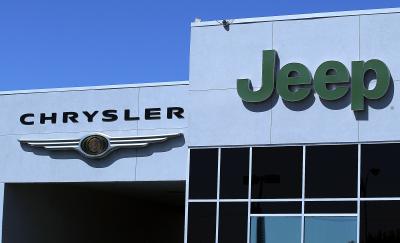
Replacing the tie rod ends on your Jeep vehicle is needed when they have worn enough that the toe angle of the front-end alignment is unstable while driving. This might be noticed as tire wear, an unstable feel at highway speed or a crooked steering wheel. Replacement of a worn tie rod end is well within the ability of the average home mechanic and requires only common hand tools to accomplish.
Raise and support the Jeep using the floor jack, and position jack stands on the frame. This prevents the vehicle from slipping while you work underneath it.
Remove the old tie rod end by removing the nut securing it to either the steering arm (for outer tie rod ends) or the steering linkage (for inner tie rod ends), and loosening the adjuster sleeve. This sleeve connects the inner tie rod end to the outer tie rod end and is used to adjust the toe angle when an alignment is performed. Do not turn the sleeve at this time. Doing so will make it more difficult to get the alignment close before you drive the vehicle to the auto repair shop for an alignment and can also cause damage to the tires during the drive.
Insert the tie rod removal tool between the tie rod and its attachment point on the steering linkage, or steering arm, and apply blows with a hammer until it breaks free. The tie rod removal tool is available at your local auto parts store; you can find a link to AutoZone's options in the "Resources" section below.
Turn the old tie rod end until it unscrews from the adjuster sleeve, counting the number of turns required to remove it.
Apply the penetrating oil and screw the new tie rod end into the adjusting sleeve, turning it the same number of times as the removed tie rod required. Then install the end into its attachment point at the steering arm, or steering linkage, and tighten the nut tightly before installing the cotter pin.
Lower the vehicle and drive to the local auto repair shop for a front-end alignment.